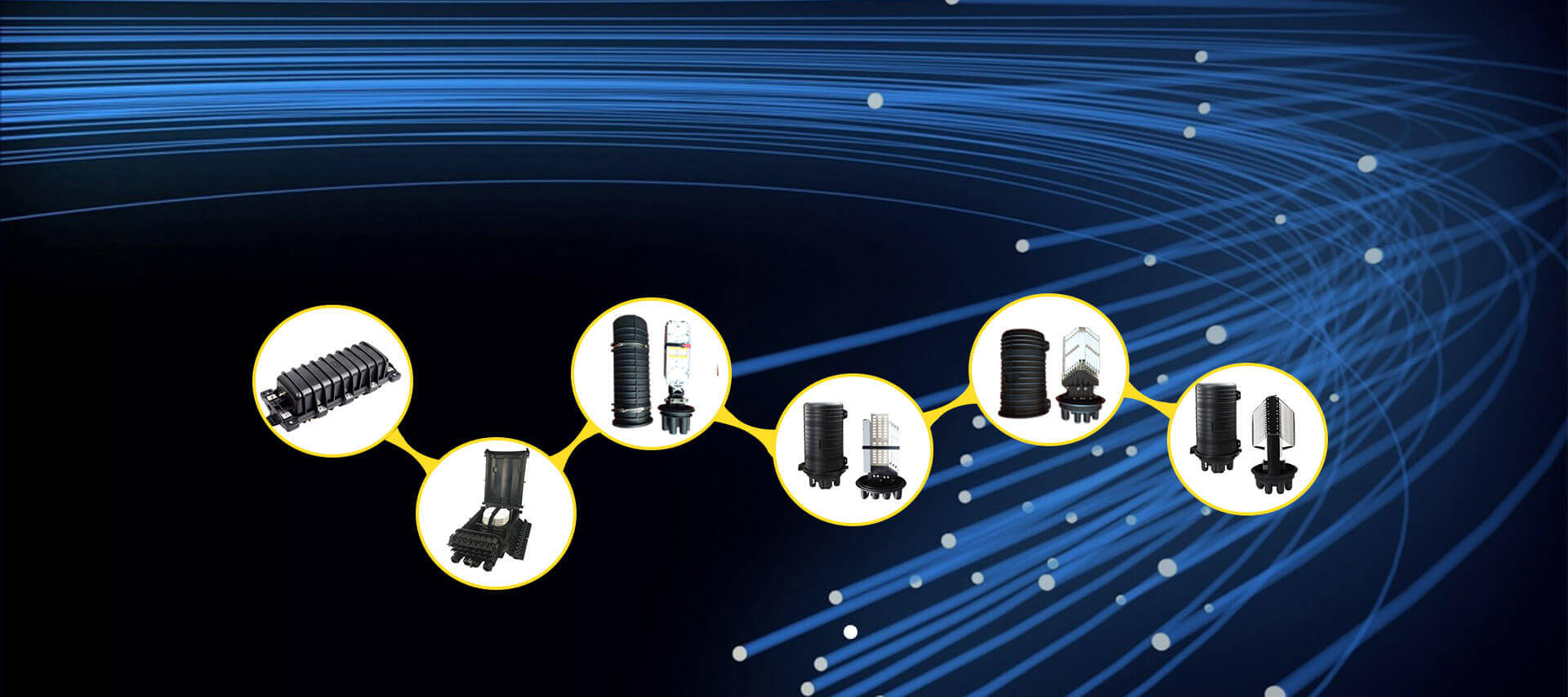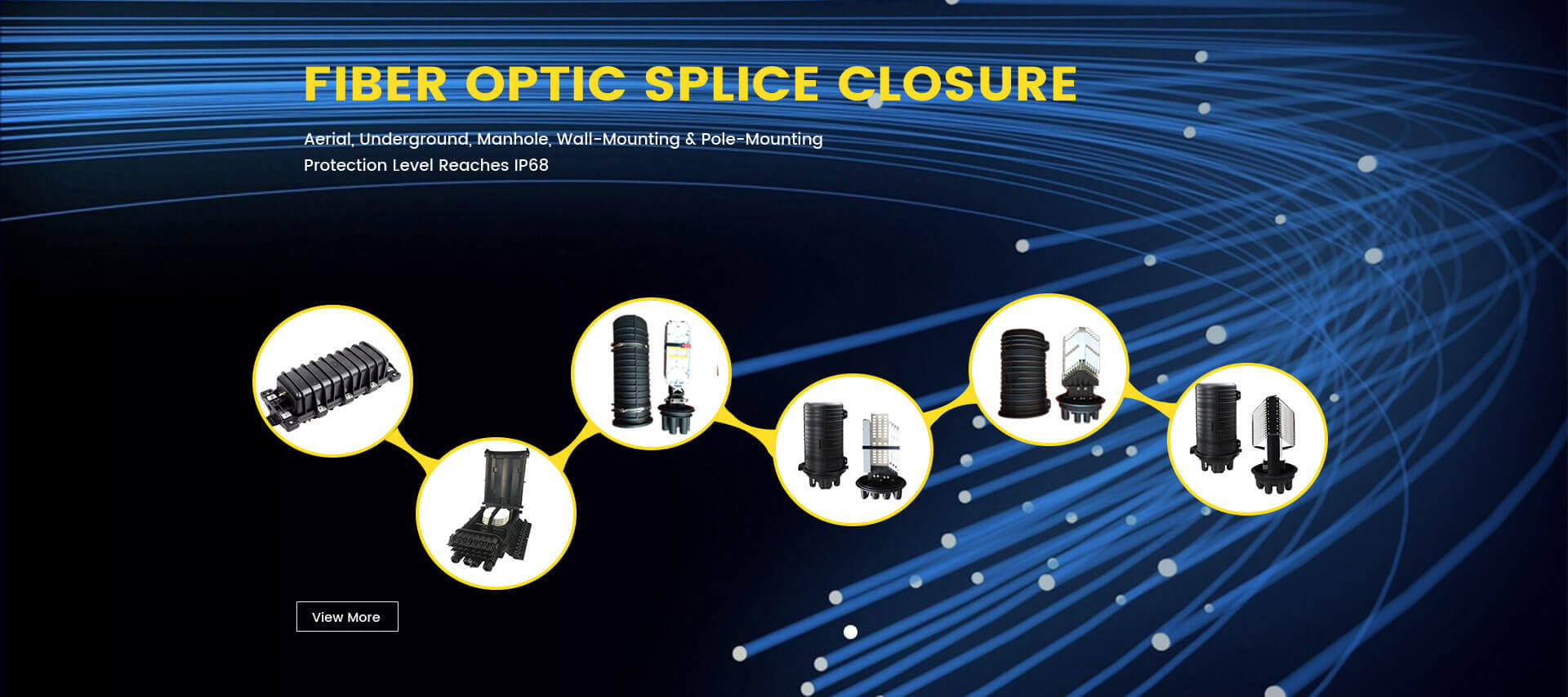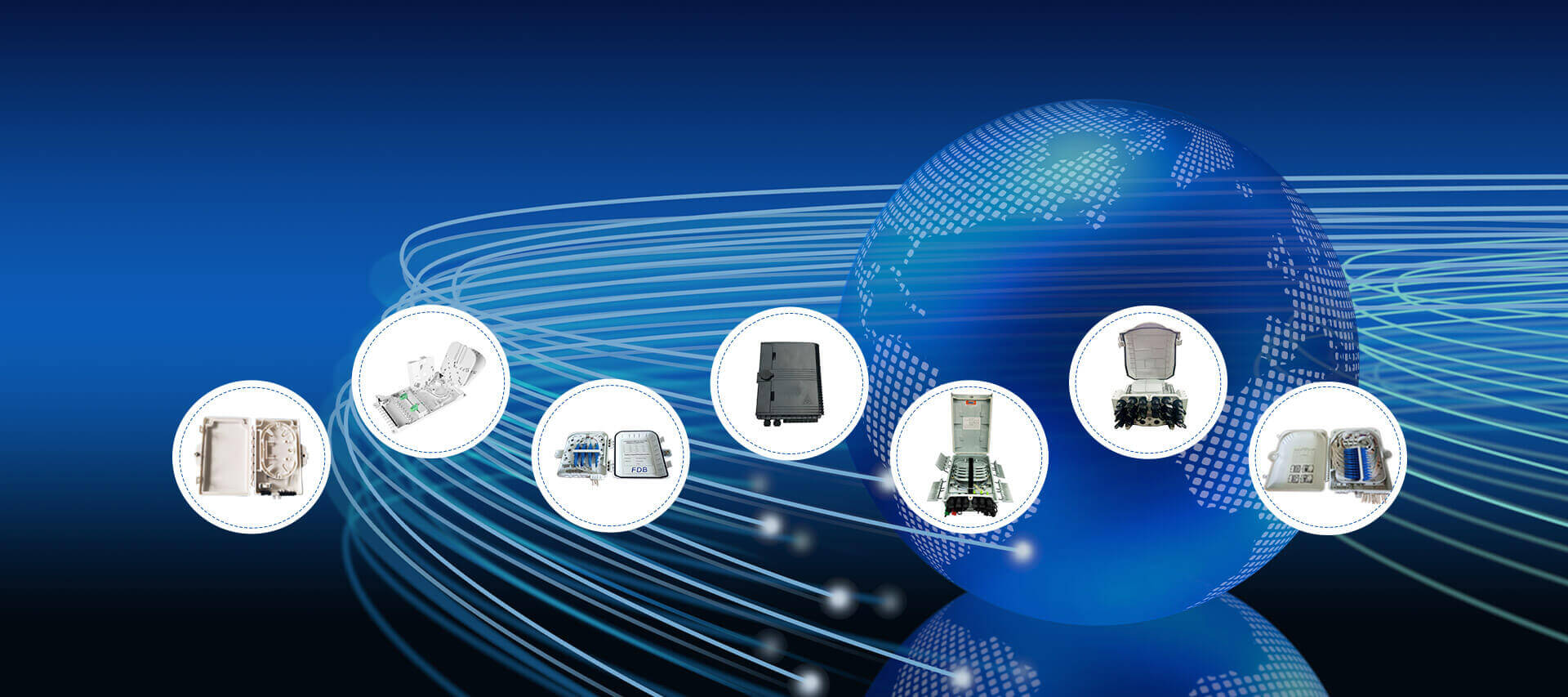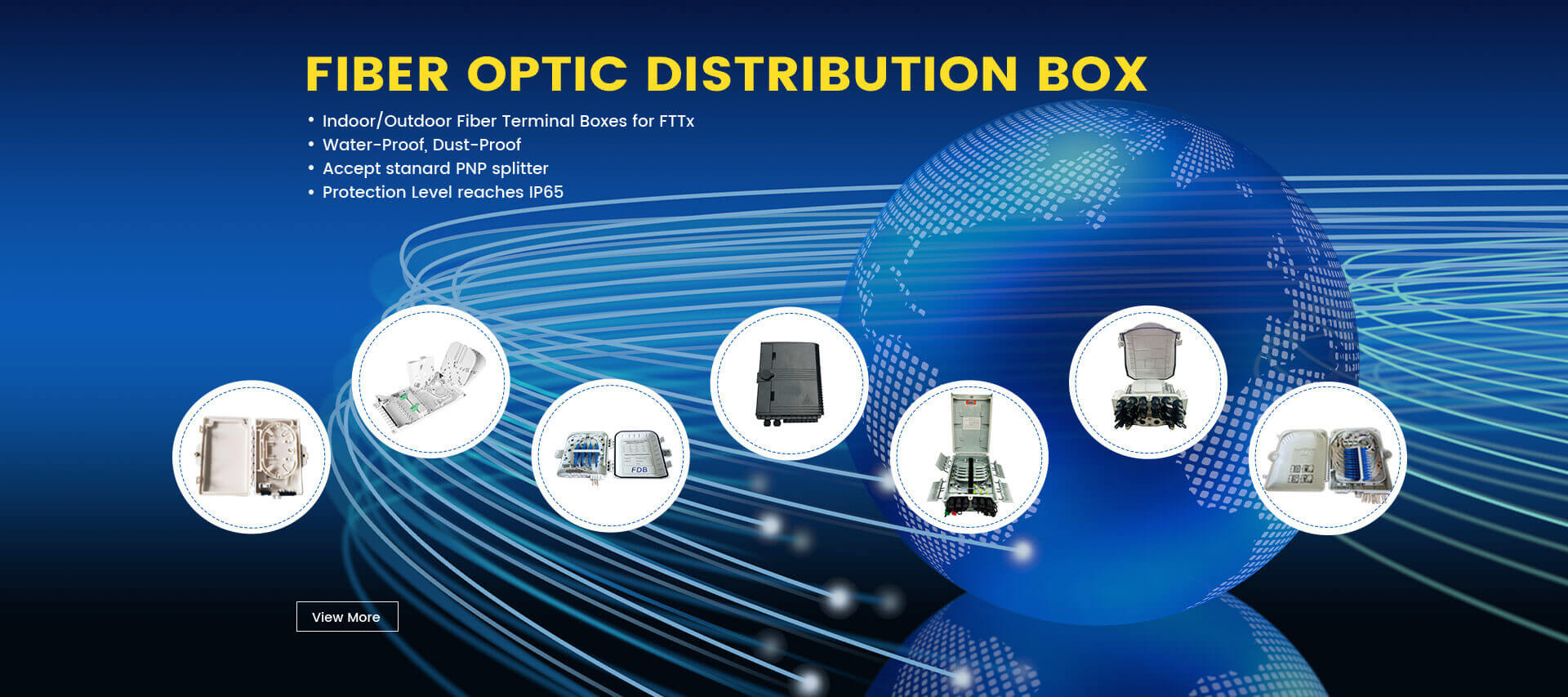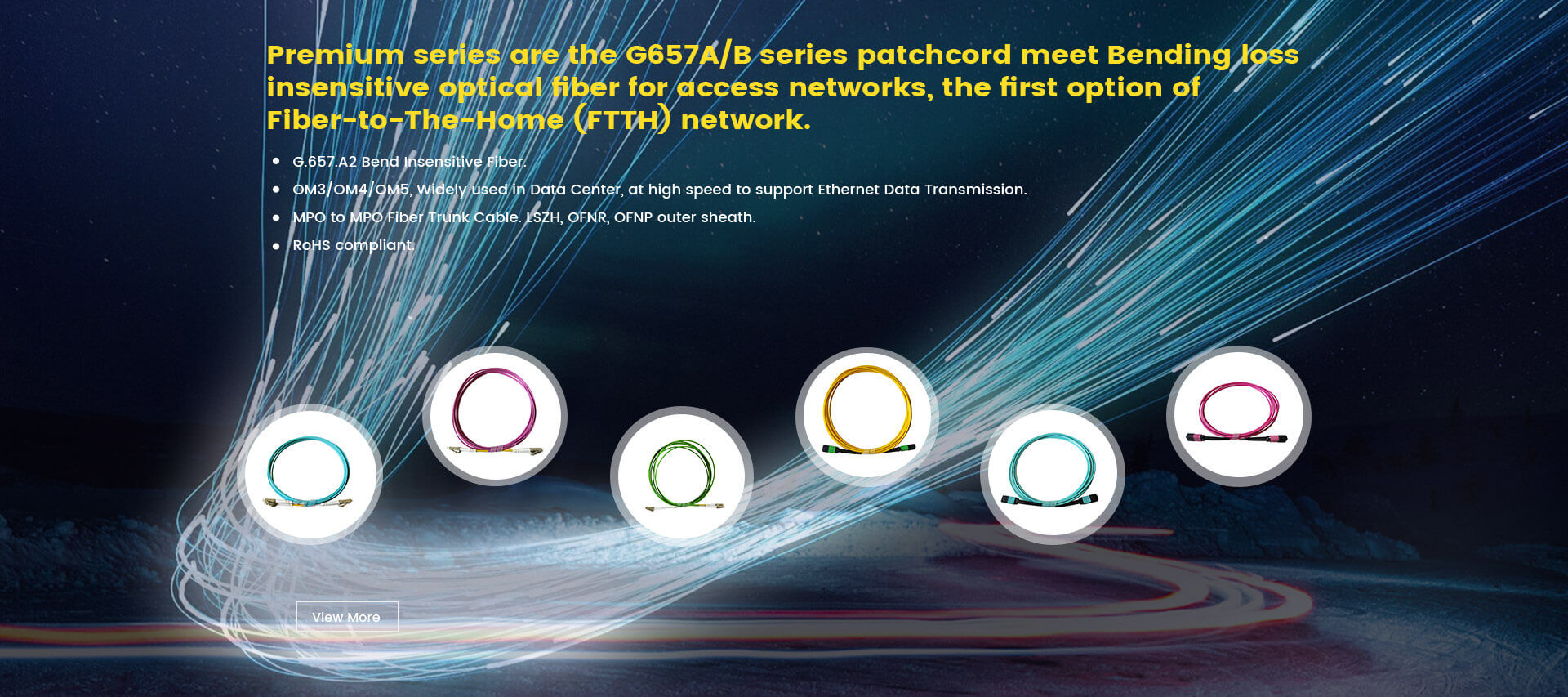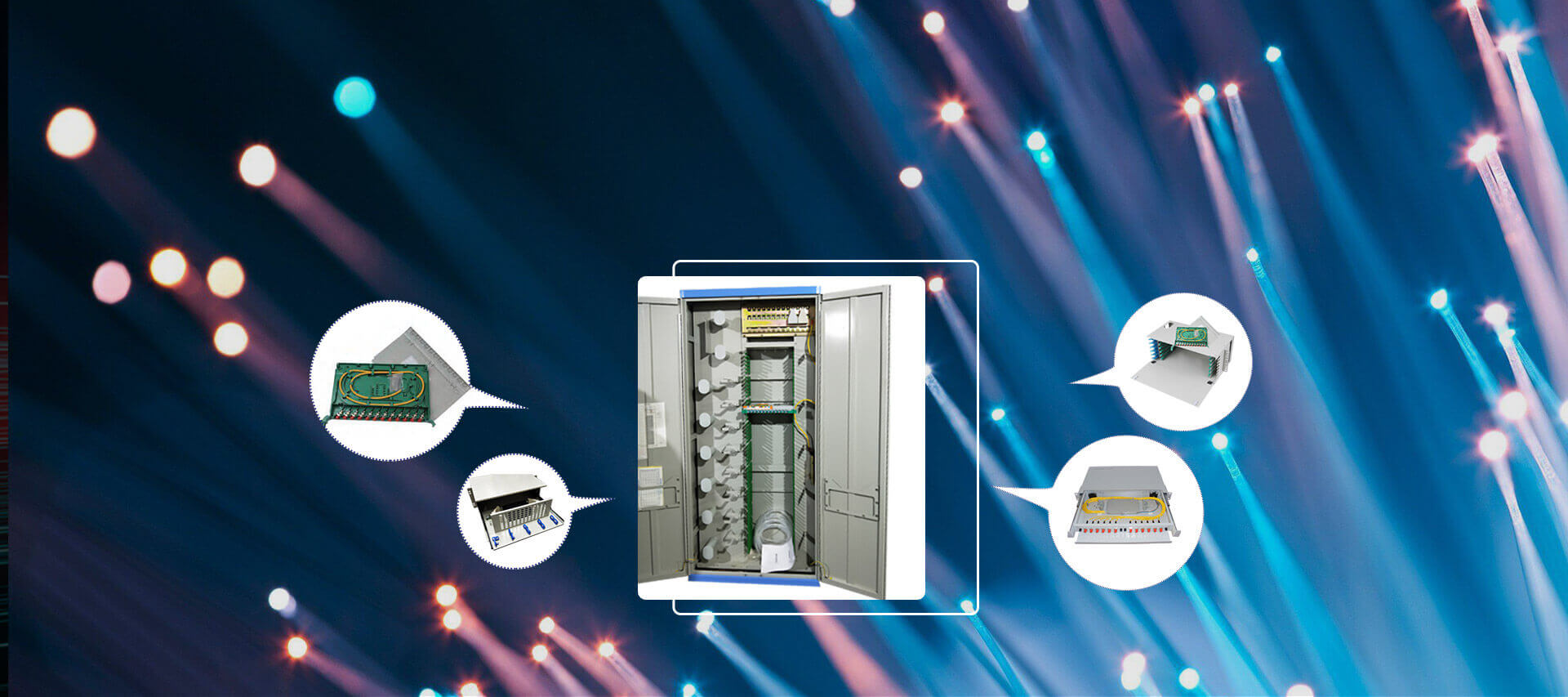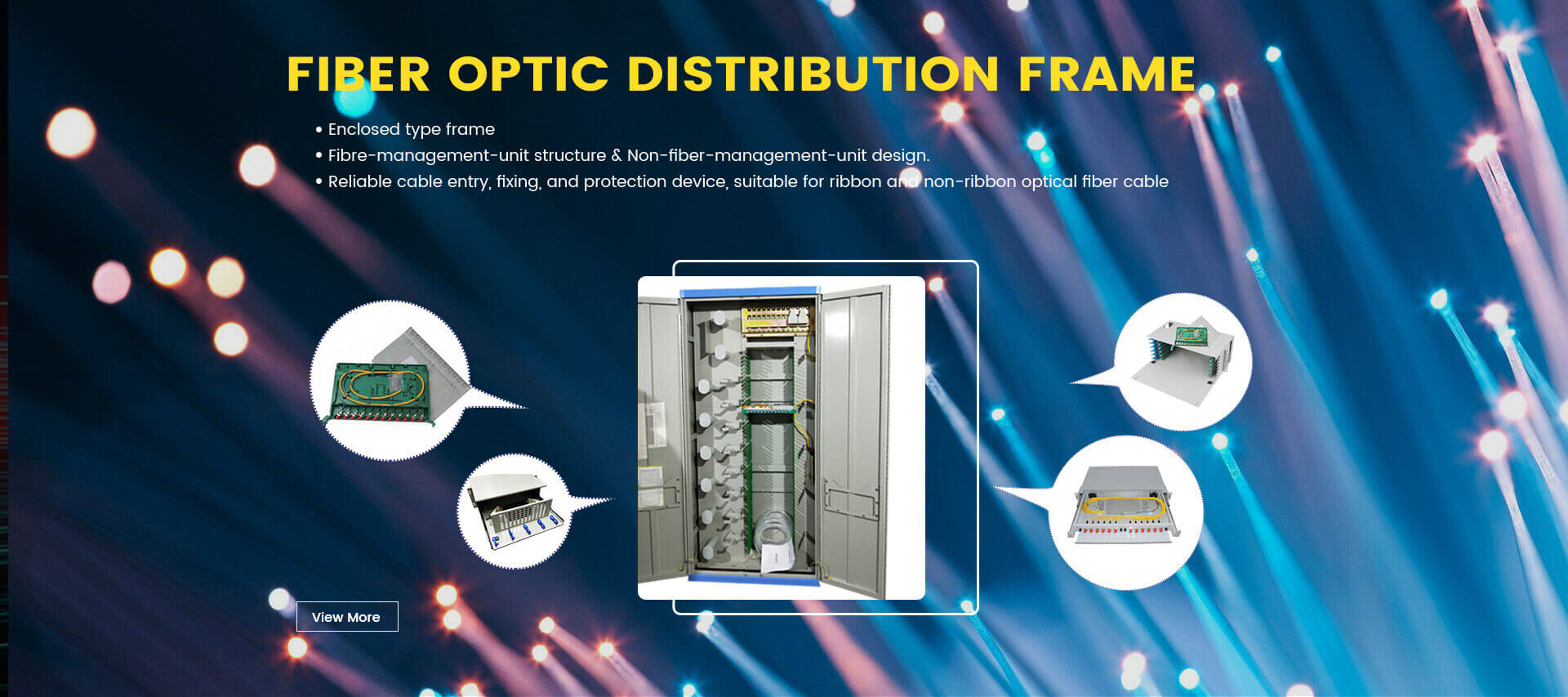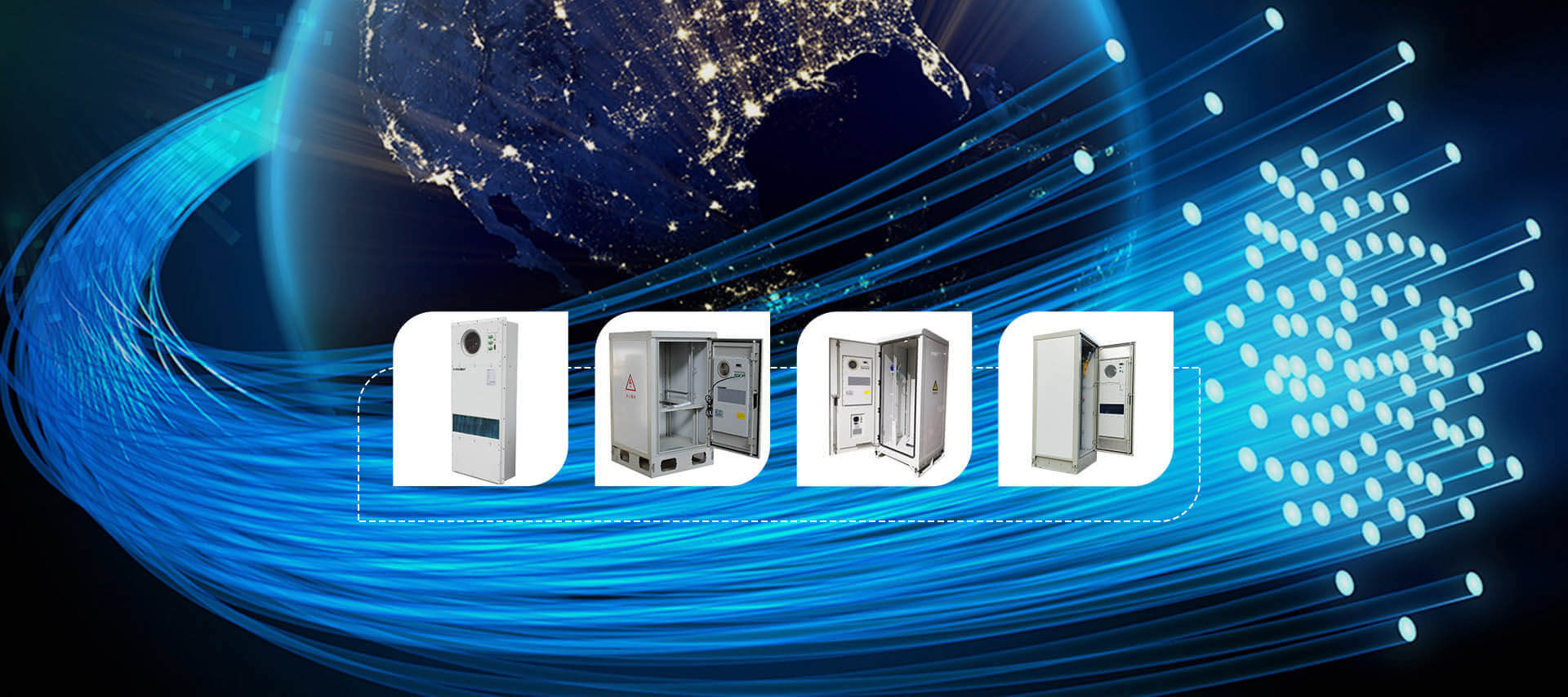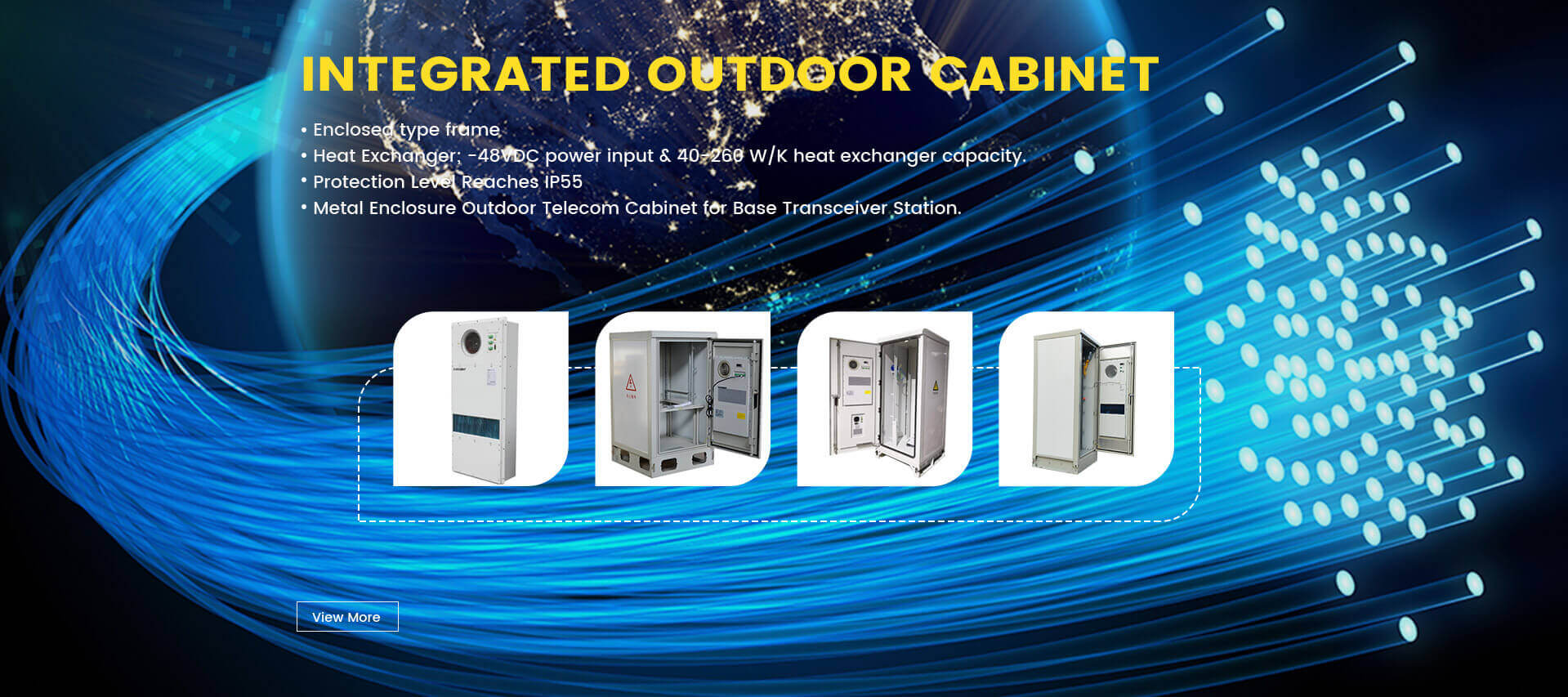Fiber optic distribution boxes play a crucial role in modern telecommunications systems. These Distribution boxes serve as the central point for managing and distributing fiber optic cables, ensuring reliable and efficient connectivity between various network components.
This article aims to explore the functions and benefits of fiber optic distribution boxes, highlighting their importance in maintaining seamless communication networks.
In the digital era, where high-speed internet and data transmission are essential for businesses and individuals alike, fiber optic distribution boxes have become indispensable. These boxes enable centralized management of fiber optic cables, allowing telecom providers to efficiently organize and control their network infrastructure.
By consolidating multiple cables into a single box, these distribution units minimize clutter and simplify cable routing processes. Additionally, they facilitate easy monitoring and troubleshooting by providing a centralized location for technicians to access and maintain the network connections.
Overall, fiber optic distribution hub streamline operations by optimizing cable management strategies while enhancing the reliability of telecommunication services.
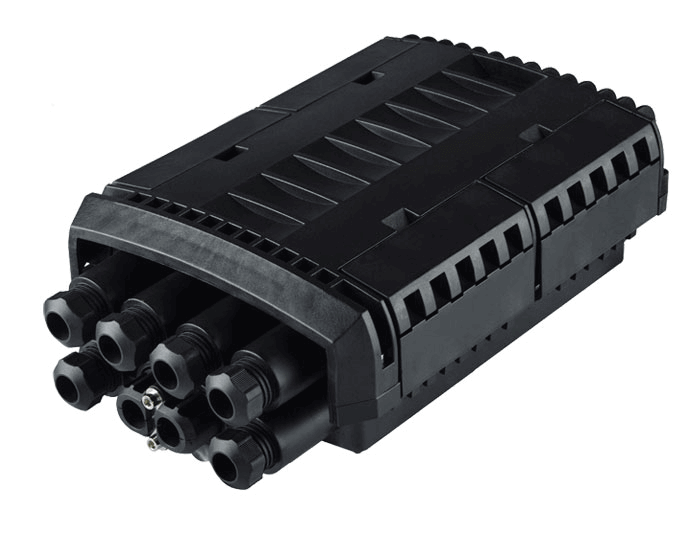
Key Tips for Fiber Optic Distribution Box
- Fiber optic distribution boxes are crucial for managing and distributing fiber optic cables in modern telecommunications systems.
- They provide centralized management, minimize clutter, and simplify cable routing processes, contributing to streamlined network infrastructure and improved system performance.
- Fiber optic distribution boxes offer scalability and future-proofing capabilities for expanding networks, along with cost-effective connectivity solutions.
- They enhance data transmission by minimizing signal loss, provide environmental protection for optical fibers, facilitate fiber optic splicing, and secure signal transmission.
Importance of Fiber Optic Distribution Boxes in Telecommunications
Fiber optic distribution boxes serve as the backbone of telecommunications systems, acting as the connective tissue that seamlessly links an intricate network of fibers to enable efficient data transmission.
These fiber boxes play a crucial role in enhancing data transmission by providing a centralized location for fiber optic cables to connect and distribute signals throughout the network. By minimizing signal loss, these distribution boxes ensure that data is transmitted with minimal interference or degradation.
In addition to enhanced data transmission, fiber optic boxes also contribute to streamlined network infrastructure. They provide a convenient and organized solution for managing and routing fiber optic cables, reducing clutter, and simplifying maintenance tasks. This streamlined approach not only improves overall system performance but also enhances scalability
and future-proofing capabilities. With the ability to accommodate additional fibers as needed, these distribution boxes offer flexibility for expanding telecommunications networks without significant disruptions or costly infrastructure upgrades.
Moreover, fiber optic access terminal boxes offer cost-effective connectivity solutions. Their compact design allows for efficient use of space while offering high-density connections. This means that more fibers can be accommodated within a smaller physical footprint, resulting in reduced installation costs and optimized use of resources. Additionally, their durable construction ensures reliable performance over extended periods, minimizing maintenance requirements and associated expenses.
Fiber Distribution boxes play a vital role in telecommunications systems by enabling enhanced data transmission, minimizing signal loss, streamlining network infrastructure, providing scalability and future-proofing capabilities, as well as offering cost-effective connectivity solutions. These essential components ensure seamless communication by efficiently managing the intricate web of fibers that make up modern telecommunications networks.
Functions and Benefits of Fiber Optic Distribution Boxes
Modular and compact, the fiber optic distribution box efficiently organizes and routes optical signals for seamless transmission. One of its primary functions is fiber optic splicing, which involves joining two or more optical fibers together to create a continuous pathway for light signals. By providing a secure and protected environment for this process, the distribution box ensures reliable and efficient signal transmission.
Additionally, it facilitates cable management by neatly organizing the incoming and outgoing cables, reducing clutter, and minimizing the risk of damage. This not only improves overall system performance but also simplifies maintenance tasks such as troubleshooting or adding new connections.
Furthermore, the fiber termination box offers network scalability due to its compact design. With multiple ports available, it allows for easy expansion of the network without requiring extensive modifications or additional equipment. This scalability is particularly beneficial in environments where future growth is anticipated or where flexibility is essential.
Moreover, these fiber splice boxes are designed to provide environmental protection for the delicate optical fibers within them. They offer robust housing that shields against dust, moisture, temperature variations, and physical impact.
Outdoor Fiber Optic distribution boxes play a crucial role in telecommunications systems by facilitating efficient fiber optic splicing and cable management. Their modular design enables network scalability while their compact form factor optimizes space utilization. Additionally, they provide environmental protection to ensure uninterrupted signal transmission even under harsh conditions. The combination of these functions makes fiber optic distribution boxes an indispensable component in modern telecommunications networks.
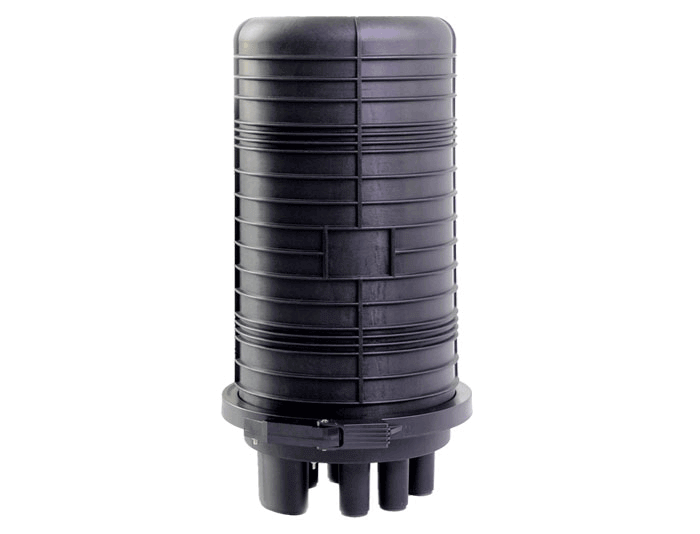
Centralized Management of Fiber Optic Cables
Efficiently consolidating and overseeing the intricate web of optical connections, a centralized management system serves as the orchestrator of fiber optic cable networks, ensuring smooth transmission and streamlined operations.
By providing centralized control over the network organization, a fiber optic distribution box enables efficient management of multiple fiber optic cables within a single location. This centralized approach allows for better cable management by reducing clutter and simplifying maintenance tasks.
With centralized control, network administrators can easily monitor and manage the entire network from one central location. They can quickly identify any issues or disruptions in the cable connections, enabling prompt resolution and minimizing downtime. This streamlined approach also improves efficiency by reducing the time required to locate specific cables or troubleshoot problems.
Furthermore, a centralized management system enhances overall operational efficiency. It allows for better planning and allocation of resources as administrators have a clear view of the entire network layout. This enables them to optimize cable usage, minimize wastage, and ensure that each connection is utilized effectively.
A centralized management system plays a crucial role in ensuring the smooth functioning of fiber optic cable networks. With its ability to provide centralized control, enable efficient cable management, improve overall efficiency, and streamline operations; it serves as an indispensable tool for managing complex optical connections effectively.
Ensuring Reliable and Efficient Connectivity
Reliable and efficient connectivity is essential for seamless communication and uninterrupted data transmission, ensuring optimal performance and user satisfaction. To achieve this, several measures can be implemented to improve network speeds, minimize signal loss, enhance data security, streamline network infrastructure, and ensure uninterrupted connectivity.
1. Improving network speeds: Fiber optic distribution boxes play a critical role in enhancing network speeds. By utilizing high-speed fiber optic cables and advanced transmission technologies, these boxes allow for faster data transfer rates, reducing latency and improving overall network performance.
2. Minimizing signal loss: Fiber optics offer low attenuation rates compared to traditional copper cables. The use of fiber optic distribution boxes helps minimize signal loss by providing proper termination points for the cables. These boxes protect the delicate fibers from external factors that could degrade the signal quality, ensuring reliable and consistent connectivity.
3. Enhancing data security: Fiber optic distribution boxes offer enhanced data security due to their inherent characteristics. Unlike copper cables, fiber optics are immune to electromagnetic interference (EMI) and radio-frequency interference (RFI). Additionally, fiber optic cables are difficult to tap or intercept without physical access to the cable itself. This makes them an ideal choice for secure communication networks.
4. Streamlining network infrastructure: Fiber Terminal Boxes simplify the management of network infrastructure by consolidating multiple connections into a centralized location. With their ability to handle a large number of fiber optic cables, these boxes reduce clutter and make maintenance more straightforward. They also enable easier scalability as additional connections can be added without disrupting existing ones.
By implementing fiber optic distribution boxes in a network setup, organizations can ensure reliable and efficient connectivity while improving network speeds, minimizing signal loss, enhancing data security, streamlining infrastructure management processes, and guaranteeing uninterrupted communication channels.
Easy Access and Maintenance of Fiber Optic Networks
To facilitate accessibility and ease of maintenance, the implementation of organized and centralized network cabinets enables efficient management and streamlined operations. Fiber optic installation requires careful planning and consideration for an effective network infrastructure. Network cabinets provide a dedicated space that houses the fiber optic cables, fast connectors, and fiber optic splitters equipment in an orderly manner. This ensures proper cable management, minimizing the risk of damage or disconnection during maintenance activities.
Centralized network cabinets also contribute to reliable data transmission by reducing signal loss. The proximity of all components within the cabinet eliminates long cable runs and reduces the potential for interference or attenuation. With shorter distances between components, data can be transmitted at higher speeds with minimal loss, resulting in a more efficient and reliable network.
Furthermore, easy access to network cabinets simplifies troubleshooting and maintenance tasks. Technicians can quickly identify problems by accessing the centralized location where all connections are consolidated. This allows for faster resolution times as issues can be addressed directly at the source without having to trace cables throughout an entire facility.
Implementing organized and centralized network cabinets is crucial for ensuring easy access and maintenance of fiber optic networks. By providing a dedicated space for fiber optic installation, these cabinets optimize cable management, reduce signal loss, improve data transmission rates, enhance overall network reliability, and streamline troubleshooting processes.

Frequently Asked Questions
1 What is the maximum number of fiber optic cables that can be connected to a fiber optic distribution box?
The maximum capacity of connectivity options for fiber optic cables in a distribution box is highly impressive, allowing for a vast number of cables to be connected.
This state-of-the-art device has been designed with installation requirements in mind, accommodating the ever-increasing demand for high-speed data transmission.
By employing innovative techniques and maximizing its space efficiency, the fiber optic distribution box can support a substantial quantity of fiber optic cables, ensuring seamless connectivity across various networks.
Its ability to handle numerous connections reflects its capacity to meet the growing needs of modern communication systems.
2 Can fiber optic distribution boxes be used for both indoor and outdoor installations?
Weather resistance, installation requirements, fiber management, cable protection, and cost considerations are all important factors to consider when determining if a fiber optic distribution box can be used for both indoor and outdoor installations.
Weather resistance is crucial for outdoor installations as the box needs to withstand various weather conditions such as rain, heat, and UV exposure.
Additionally, installation requirements may differ between indoor and outdoor environments due to differences in mounting options and accessibility.
Fiber management is also important as the distribution box should provide proper organization and routing of fiber optic cables.
Furthermore, optical fiber cable protection is essential in outdoor installations to prevent damage from environmental factors such as rodents or accidental digging.
Lastly, cost considerations play a role in deciding whether a specific distribution box is suitable for both indoor and outdoor use since different weather-resistant materials or additional protective measures may increase the overall cost.
3 Are fiber optic distribution boxes compatible with different types of fiber optic connectors?
When it comes to ensuring seamless connectivity in fiber optic networks, the compatibility between fiber optic distribution boxes and various types of connectors is crucial. Fiber optic connector compatibility refers to the ability of a distribution box to support different types of connectors such as LC, SC, ST, or MPO/MTP.
This compatibility is essential for accommodating diverse network architectures and equipment configurations.
During installation, it is necessary to verify that the chosen distribution box can accommodate the specific connector type required for the network.
Similarly, regular maintenance practices should include inspecting and cleaning connectors within the distribution box to prevent signal loss or degradation.
Moreover, performance testing procedures must be conducted periodically to ensure that both the distribution box and connectors are functioning optimally.
Fiber Optic Cable management within the distribution box is another aspect that needs attention, as it affects overall network performance by minimizing cable strain and promoting efficient organization of fibers.
Overall, when considering fiber optic connector compatibility, installation requirements, maintenance practices, performance testing protocols, and cable management must all be taken into account for the successful deployment of a fiber optic distribution box in a network infrastructure.
4 How do fiber optic distribution boxes contribute to reducing signal loss in telecommunications networks?
Fiber optic distribution boxes play an important role in reducing signal loss and enhancing network performance in telecommunications networks. One of the key benefits of these boxes in data centers is their ability to efficiently manage and distribute fiber optic cables, which helps minimize signal degradation.
By providing a centralized location for cable terminations, fiber optic distribution boxes reduce the number of connection points and potential sources of signal loss. Moreover, these boxes incorporate various features that contribute to improved network performance, such as high-quality connectors, splice trays, and cable management systems.
When choosing a fiber optic distribution box, it is essential to consider factors like compatibility with different types of fiber connectors, ease of installation and maintenance, as well as scalability and flexibility to accommodate future network expansion. Regular inspection and proper maintenance are also vital aspects to ensure optimal performance and longevity of fiber optic distribution boxes.
Overall, through their effective cable management capabilities, advanced features, and diligent maintenance practices, fiber optic distribution boxes greatly enhance signal integrity while promoting network scalability and flexibility in telecommunication systems within data centers.
5 What are some common troubleshooting techniques for fiber optic distribution boxes to ensure uninterrupted connectivity?
Troubleshooting techniques play a crucial role in ensuring uninterrupted connectivity in telecommunications networks.
Cable management is an integral aspect of troubleshooting, involving the proper organization and maintenance of fiber optic cables within distribution boxes to prevent tangling or damage.
Splice protection is another important technique that involves protecting the fiber optic splices from environmental factors, such as moisture or physical stress, which can cause signal loss.
Fiber optic testing is a vital troubleshooting technique that allows technicians to identify and locate any faults or issues within the network by using specialized equipment to measure signal strength and quality.
Additionally, having a power supply backup system ensures continuous operation during power outages or disruptions.
Implementing these troubleshooting techniques enables network operators to promptly identify and address any connectivity issues, minimizing downtime and maintaining optimal performance throughout the telecommunications network.
Publisher: Mjadom
Author: Andy

